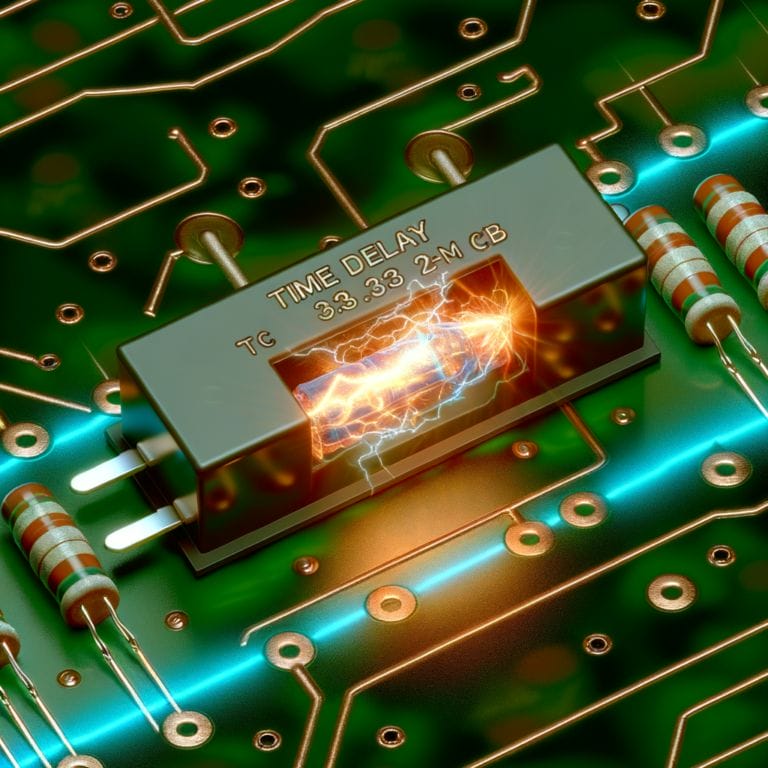Is 365nm UV Harmful? Unveiling Its Effects on Health
Let’s explore the impact of 365nm UV light on our health. While it’s less harmful than UV-B and UV-C, we can’t ignore its potential risks. Prolonged exposure to this wavelength can cause skin damage, premature aging, and even increase the risk of skin cancer. Additionally, our eyes aren’t safe from harm; photokeratitis and long-term vision issues are real concerns.
So, how do we balance its benefits with these health risks? It’s important to find a middle ground. Understanding how to use 365nm UV light responsibly is key.
Key Takeaways
- 365 nm UV falls within the UV-A range, which is less harmful than UV-B and UV-C.
- Prolonged exposure to 365 nm UV can cause skin damage, including premature aging and increased cancer risk.
- Direct exposure to 365 nm UV light can lead to photokeratitis, affecting eye health.
- Repeated exposure to 365 nm UV may impair vision over time.
- Proper safety measures can minimize health risks associated with 365 nm UV products.
Understanding UV Light and Its Applications

Ultraviolet (UV) light has a wavelength shorter than visible light and falls into three categories: UVA, UVB, and UVC. Each type has unique properties and poses different levels of risk. The wavelength of UV light is crucial as it determines its energy and potential for skin damage. For example, prolonged exposure to certain UV wavelengths can lead to skin damage and other health risks, making it important to find systems or methods to minimize these effects.
Aside from the sun’s risks, UV light has many practical applications from sterilizing medical equipment to curing inks and resins. The 365 nm wavelength is commonly used in LED light fixtures and bulbs, providing efficient, low-energy solutions for various important industries. However, we must recognize the risks associated with UV exposure and take necessary precautions.
Comprehensive Knowledge of UV Light and its Spectrum

Understanding the full spectrum of UV light, including the specific characteristics of the 365 nm wavelength, is vital for leveraging its benefits and mitigating risks. UV light spans a range of wavelengths, divided into UV-A, UV-B, and UV-C. The 365 nm UV wavelength falls within the UV-A range, known for its longer wavelengths and lower energy compared to UV-B and UV-C.
The 365 nm UV light has unique properties and wide applications, often seen as an invisible yet essential part of various systems. Unlike the more harmful UV-C, UV-A at 365 nm is utilized in various industries like forensics, curing adhesives, and art restoration. However, prolonged exposure to any UV light, including 365 nm UV, can lead to skin and eye damage.
Potential Health Effects of 365 nm UV Light

The 365 nm UV light has numerous practical applications, but its potential health effects on the human eye and skin must be considered. UV-B radiation is well-known for being harmful, but 365 nm UV light falls within the UV-A range, which is generally less harmful than UV-B. However, prolonged exposure to any UV radiation can still pose risks.
The human skin can suffer from excessive UV exposure. While 365 nm UV light isn’t as aggressive as UV-B, it can cause cellular damage over time, leading to premature aging and an increased risk of skin cancer. Similarly, the human eye is sensitive to UV radiation. Direct exposure can result in photokeratitis, an inflammation akin to a sunburn on the cornea. Repeated exposure to 365 nm UV light could still impair vision over time.
Making an Informed Decision: Choosing the Right UV Product

Choosing the right 365 nm UV product involves evaluating various options and understanding their specific applications and safety features. Detailed guides to choosing the right 365 nm UV light can offer insights into the effectiveness and safety of various options.
We must be vigilant about the harmful effects of prolonged UV exposure and ensure that the products we choose have adequate safety features. Informed decision-making empowers us to select UV products that align with both our needs and commitment to safety.
The Future of 365 nm UV Light in Lighting Applications

Advancements in 365 nm UV technology promise to revolutionize lighting applications across various industries. One exciting prospect is the potential for 365 nm UV light to be integrated into health-related applications, from sterilizing medical equipment to purifying water.
Here’s a glimpse into the future applications of 365 nm UV light:
| Industry | Application | Potential Benefits |
|---|---|---|
| Health | Sterilization | Reduces pathogens |
| Sanitation | Water purification | Guarantees cleaner water |
| Agriculture | Pest control | Decreases chemical use |
| Manufacturing | Quality control inspections | Enhances product reliability |
These advancements aren’t just about harnessing ultraviolet radiation for new uses; they’re about making our world safer and more efficient. As we navigate this promising future, we must remain vigilant about the potential harmful effects while exploring the immense benefits this technology can offer.
Conclusion
To sum up, while 365nm UV light is less harmful compared to UV-B and UV-C, we can’t ignore its potential health risks. Prolonged exposure can lead to skin damage, premature aging, and eye issues.
It’s up to us to stay informed and take necessary precautions when using UV products. By doing so, we can harness the benefits of 365nm UV light safely and responsibly, adjusting its brightness to ensure a healthier future for everyone.
Frequently Asked Questions
Is 365nm UV harmful?
UV light at 365nm falls within the ultraviolet spectrum and can be harmful to the skin and eyes if exposed for an extended period of time.
What are the effects of 365nm UV on health?
Prolonged exposure to 365nm UV light, particularly at higher brightness, can result in skin damage, eye irritation, and potential long-term health risks.
How can I protect myself from 365nm UV?
Use proper protective gear such as UV-blocking sunglasses, clothing, and sunscreen when exposed to 365nm UV light.
Are there specific LED light fixtures that emit 365nm UV?
Yes, there are LED strip lights and bulbs designed to emit light at 365nm UV wavelength.
Can 365nm UV LED cause eye damage?
Yes, exposure to 365nm UV LED light can cause eye damage if proper eye protection is not worn.







